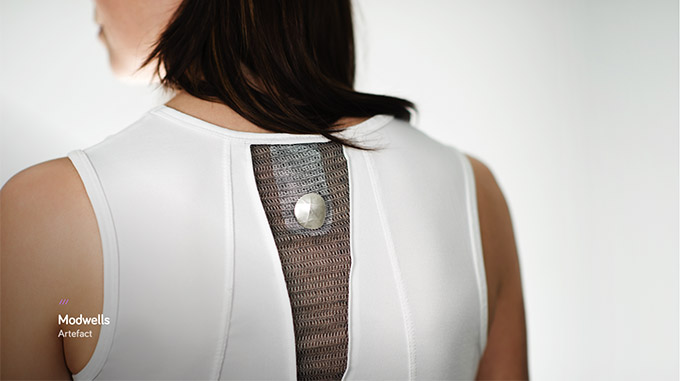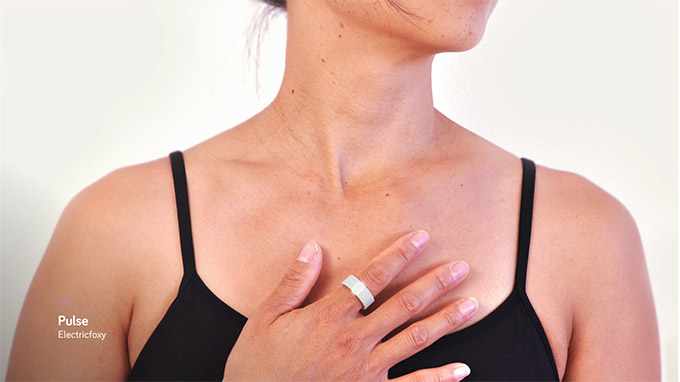Wearable technology is on a collision course with the Internet of everything. When the two collide, we will enter into a new era of the Internet of you. The recent Apple Healthbook and Google’s Android Wear, combined with Motorola’s Moto 360 news are taking the wearable space to the next level. Apple Healthbook demonstrates the powerful insights about ourselves that wearables could deliver. Once the data is pulled into the platform, it can find correlations and trends and not only display its meaning in the historical sense, but make predictions that can give us even greater, more proactive insights about ourselves and how to improve our lives. It also confirms something we have known for a while: that the real winners will be the platform players that can leverage their channels and deliver services beyond just fitness.
At the same time, the promise of Android Wear is that it creates opportunities for new apps and services that will help create value for consumers at an accelerated speed. If you compare wearables to the evolution of the smartphone, we started with the brick phone, which was all about proving out the technology with little consideration of aesthetics and user experience. Fast forward to the iPhone, which became mainstream when the app store enabled new services and experiences on top of the phone device—from useless ones like Flappy Bird to indispensable ones like Maps. The same is happening with Android Wear. It’s turning wearables into a platform for delivery of a wide range of new services. In fact, it has the potential to change the way we interact with our technology altogether.
You can think of this new platform as an ecosystem of devices — wearables, mobile, etc. — that are stitched together with software and services delivered through apps. And with wearables, what we are really talking about here are new sensor-based devices that can not only allow us to collect environmental and mobile data, such as location and temperature, as we do today, but also a new form of biometric data, such as heart rate or steps, that we can combine to make completely new experiences that are more personal to us. What this means is that we are no longer talking about the Internet of everything, but rather, the Internet of you, where we can build our technology so that it works for us, not the other way around. It marks a pivotal moment in our technological history, which brings us to an entirely new era of technology. You will no longer have to stop, think, and decide to take your phone out of your pocket, find and launch the app you want, then take action. Instead, our data and services will come to us when we need them and in the context in which we are currently in.
Beyond health and fitness
Since a platform like Android Wear is built on Google, it comes with all of the other services and data that Google provides, which will allow developers to combine these services toward entirely new experiences potentially beyond health and fitness.
For example, one of Google’s big advantages is its recent purchase of Nest, which offers smart devices for the home. You can imagine an Android Wear-powered device that becomes connected to the home in a very seamless, data-driven way. Your wearable device would know that you have had a very stressful day and that you are heading home. Your connected house knows that you’re on your way home and can turn down the lights and play calming music to adjust the environment automatically based on your mood, before you even walk in the door.
Accelerating innovation
Android Wear provides a platform for third-party developers to explore this new channel and come up with their own wearable experience. This opens up the opportunity for many types of businesses to be invented and built on top of it quickly, accelerating innovation and exponentially increasing the value that wearables can bring. For those who focus on hardware, the platform allows for new devices to be built on top of the platform that allow for new form-factors to collect valuable information about ourselves. And for those who don’t have the appetite to build new hardware, the platform provides a way to build new apps and services from the data that these new devices collect. What this means, is that a platform like this can result in an explosion of new wearable experiences that will have greater impact since they will have the potential to become mainstream. And if done right, these new experiences will make our technology much more personal.
Who will pave the way toward the Internet of you?
Most of the major technology companies are dipping their toes in this space in a race to be the big winners. In addition to Apple Healthbook and Android Wear announcements, Intel also just announced that they purchased smartwatch maker Basis. Yet Google is empowering developers to build apps and services on top of their platform, which will accelerate innovation. Interestingly, Google is doing this before Apple does. Will this help Google win the ultimate wearable battle? We will have to wait and see. As exciting as it is to think about these new experiences and interactions, we also have to be really honest about how they can add value to our day to day lives. Whoever figures out that problem first and creates the “killer app” that will truly add value to our lives, will be the real winner.
This article also appears on Venterbeat.



